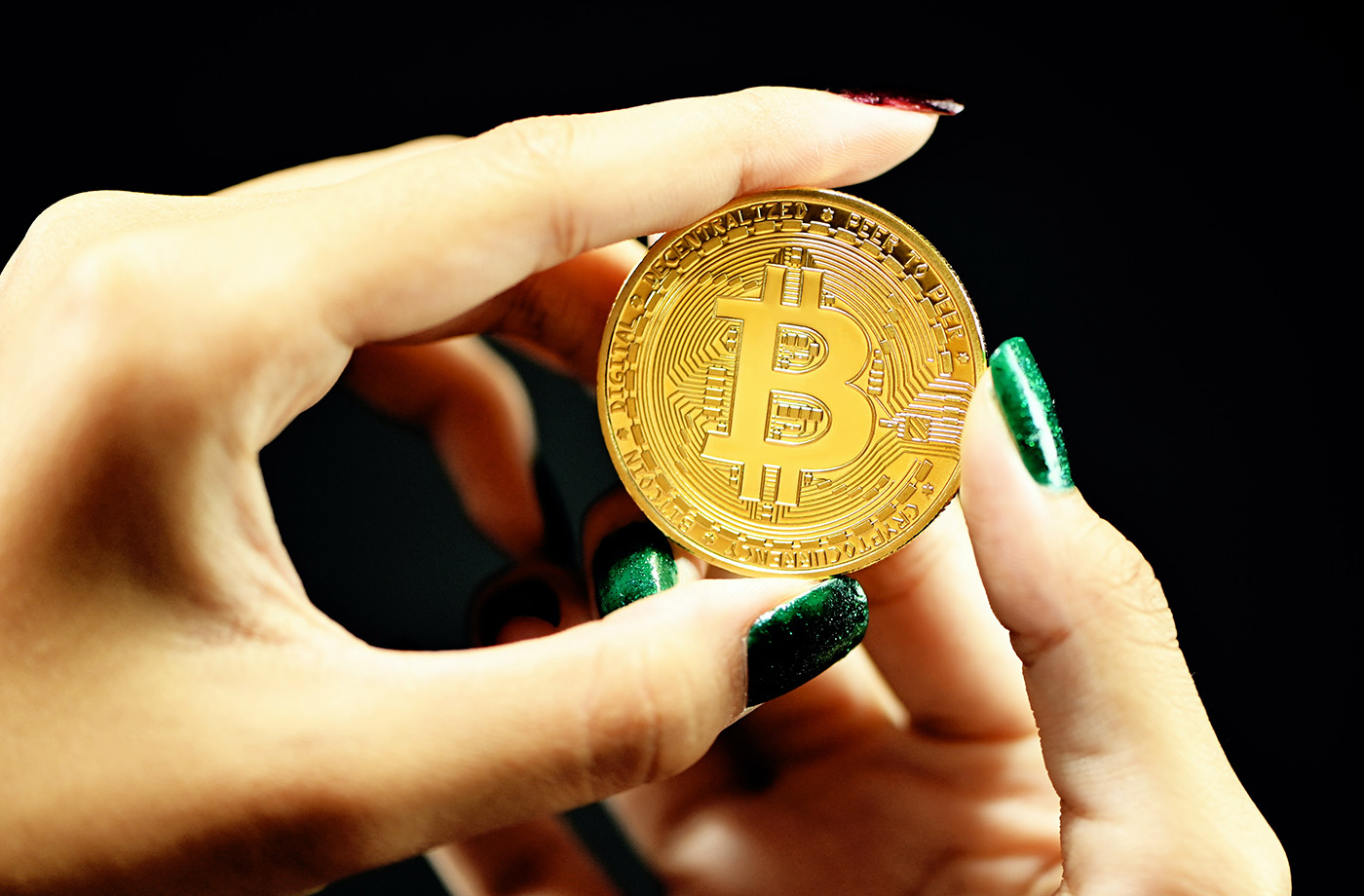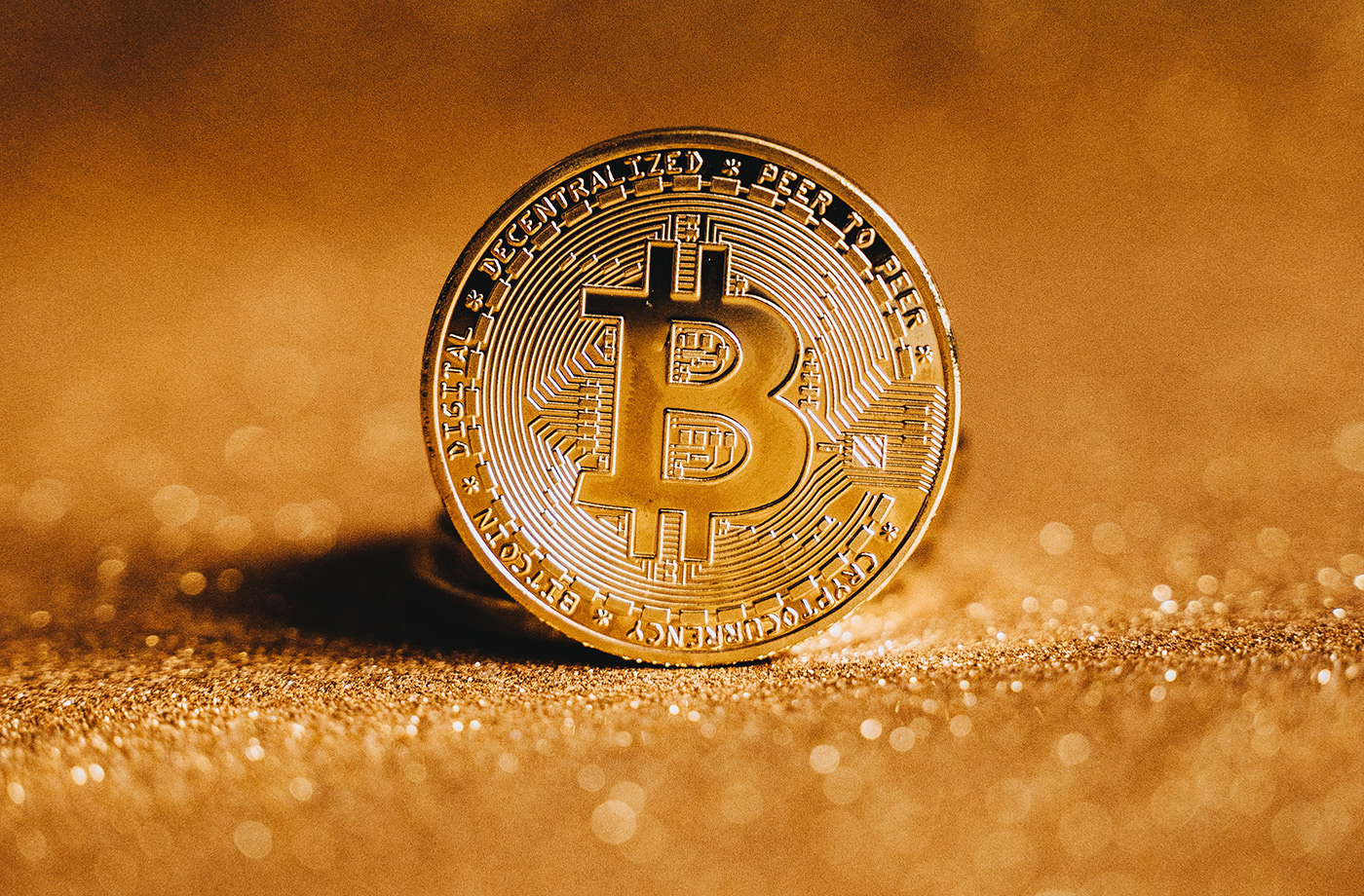The world was stirred by the recent news of Bitcoin reaching a record value of over $60,000, following Tesla Motors' investment of $1.5 billion in this cryptocurrency and its announcement to start accepting Bitcoin as payment for its cars, becoming the first major company to do so.
The increasing public interest in Bitcoin is also fueled by sensationalist headlines in the media: how much is Bitcoin worth? How do you "mine" the first Bitcoin? On the one hand, we are inundated with information on how to enter this now not-so-new cryptocurrency market, of which only a few understand the technological aspects. On the other hand, we need more understanding of the traditional monetary system, let alone the decentralized cryptocurrency system.
The interpretation of Bitcoin usually starts with the emergence of alternative currencies, which is one reason for its misunderstanding. The only correct approach to understanding cryptocurrencies is comprehensive knowledge about money, the history of money, and the process of funds gaining value, which is the key to understanding the modern monetary system. There is a noticeable gap in educational systems in this domain, locally and globally, as understanding how economic flows and systems work remains elusive. The question arises whether this gap is intentional or a "feature" needed for financial systems to more efficiently manage money, manipulate decisions, and control the entire ecosystem. But let's get back to the beginning.
The Emergence and Functions of Money
The need for money arises simultaneously with the need to exchange goods. The well-known barter system predated money, but the first problems arose when it was realized that there was no simultaneous need for goods. This was when the need for the first function of money emerged: a medium of exchange.
After the swap, the precursors of metallic money appeared, meaning rare objects found in nature, such as rare types of stones, shells, or feathers. However, this form of money quickly lost value as people realized their objects became worthless when moving to another community or village. It was necessary to find a universal value that was equally valuable to everyone, fulfilling the second function of money: a unit of account. Earlier, people lived "from today to tomorrow," but with the emergence of agriculture, there was an opportunity to accumulate produced goods quickly. This change also brought about the third function of money: a store of value.
With the appearance of metallic money and later paper money, precursors to today's banks came into play, printing certificates for deposits in gold or metal money. Thus, the practice of printing money for the gold held in banks by each bank individually began. When states realized the power of money, they prohibited publishing money by individual banks and introduced central banks as the only institutions allowed to print money. This led to the centralized monetary system we know today.
The Concept of Value
For something to have value, it must be rare and impossible to be created or exist in unlimited quantities. Anything that is not of fundamental importance represents a decided or agreed-upon value, and as such, it does not need to live if we choose not to want it. Even gold, considered the ultimate value symbol, has an agreed-upon value.
Thus, the value of money is based on trust, and inflation shows what happens when that trust is lost. In today's world, the agreement occurs at the top of a country's monetary system, and people, simply by being citizens of that country, accept that value. With commercial money, the value is imposed, and individuals have no influence or say in it, unlike the concept of cryptocurrency or Bitcoin, where its value or agreement is respected if we choose to.
Bitcoin
Bitcoin was preceded by a series of cryptocurrencies that failed due to the drawbacks of their centralized approach. The economic crisis accelerated the emergence of other alternative forms of payment and currencies because money showed significant flaws. The existing monetary system faces weaknesses and seeks to be replaced, and with the advent of the internet, the need and possibility for money not tied to any state emerged. The hypothesis of money that is supranational and has no connection to individual states is accompanied by the idea of digital money, which is as old as the internet.
Bitcoin emerged in 2008 and had no value for over a year. All the anonymity and intrigue associated with this cryptocurrency, along with a lack of understanding of the infrastructure of the system and the idea of its existence, led to the connection of Bitcoin with criminal activities at its very beginning. Satoshi Nakamoto, or a group of people, is considered the mysterious creator of Bitcoin, and it is the only cryptocurrency with the unknown identity of its creator. The final number of Bitcoins is predetermined and stands at 21 million, of which about 18.5 million have been "mined," 2 to 4 million are forever lost, and only Satoshi Nakamoto possesses 1 million Bitcoins. The last Bitcoin is predicted to be mined in 2140. Will we ever find out who Satoshi Nakamoto is? Is he even alive? This is not important for the functioning of the Bitcoin system because not even the creator can control it. The future development of Bitcoin is determined by its users.
Interestingly, one Bitcoin user, or enthusiast, spent his 10,000 Bitcoins to buy two pizzas, whose value in real money was $25. Today, this user probably no longer eats pizza. Two main factors influence the value of Bitcoin: the number of Bitcoins in circulation and the number of people willing to use it. Rapid price increases occur when the number of people entering the system grows much faster than the number of Bitcoins. The exponential value growth follows the exponential decrease in the production of this money, which also adds to its value. The price of Bitcoin is volatile due to the lack of a centralized body that controls and maintains the exchange rate, and Bitcoin is generated at a rate predetermined in advance. Another reason for the exchange rate's instability is the relatively small market size, easily disturbed by significant players.
Historically, no form of money has been perfect in all three functions, and Bitcoin is no exception, as it is seen as a poor unit of account due to its frequent value changes.

Anonymity and freedom of transactions that Bitcoin offers also come with the responsibility of safeguarding the keys to its use. In that context, we still need the support of centralized systems that guarantee assistance in case of potential data loss required for Bitcoin usage. Today, regulatory bodies allow the storage of cryptocurrencies in some centralized systems if users prefer. The value of Bitcoin has been rising partly due to the pandemic. Still, the most significant surge occurred in 2017 when there was a massive wave of investments and Bitcoin purchases by major financial institutions. This way, Bitcoin was somewhat validated and recognized by the centralized world.
In the future, we can expect a new form of money that will again be unrecognizable in its early stages, precisely because of the rapid development of new technologies that the average person does not keep up with and the speed at which money evolves. Until then, with the apparent increase in trust, Bitcoin will become a part of everyday life and will be accepted for all transactions. Companies will start promoting and preferring this payment method as the future value increase is likely.


